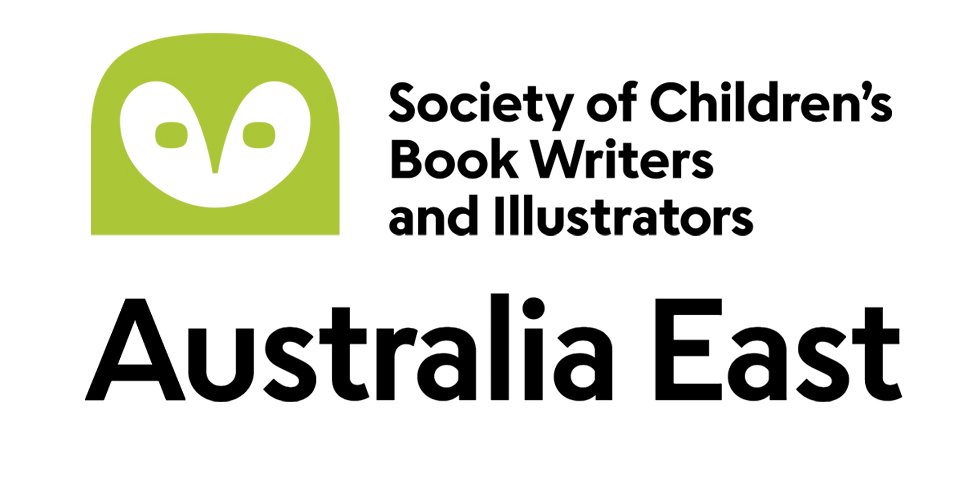I caught up with Katrin Dreiling the day after she received an illustration portfolio mentorship award with Lisa Berryman at HarperCollins.
Katrin with HaperCollin’s Lisa Berryman
How are you Katrin, you looked completely overwhelmed when hearing your name on the night.
I felt surprised, stunned and speechless at the time. But I do remember very clearly the cheering in the room, it was a beautiful feeling of community, I feel very grateful.
If you could have prepared a speech, what would you have included?
I would have thanked SCBWI and Lisa Berryman and the judges for their support. I would have thanked my friends and colleagues for their never-ending support. And I would have thanked my family and especially my husband for their support and last but not least, I would have loved to thank the printroomeditions’ Jon and Stella who printed my Portfolio.
What was your favourite moment of the conference (apart from the portfolio win):
I had so much fun with my room mate (aww, thanks Katrin) and I loved the words of wisdom from Essie White who said that “You can’t force education on kids, you have to engage them.”
I also loved the entertainment of the 3-minute book launces at the Children’s Bookshop at Beecroft and the Pitch Perfect sessions at the conference as it showed how subjective feedback is at any stage of someone’s career.
Thank you Katrin!
by Yvonne Mes
#SCBWISyd








